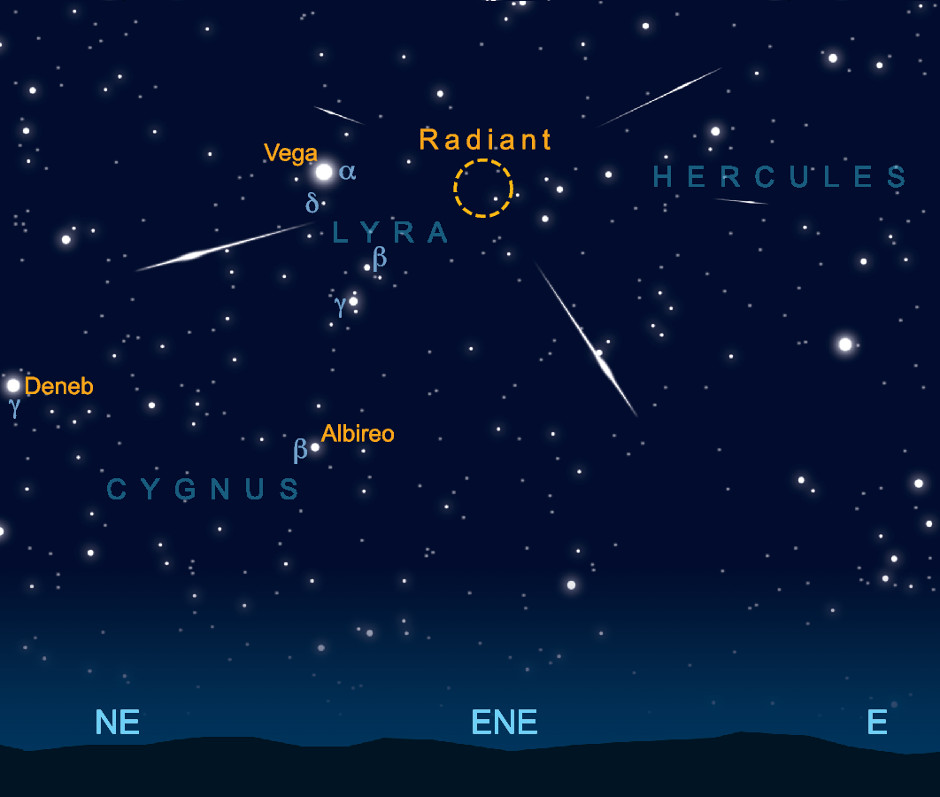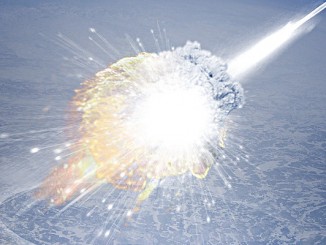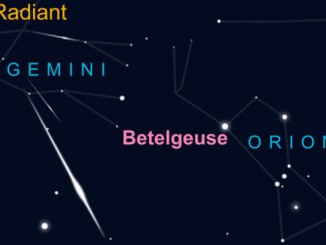
With ideal rates of around ten meteors per hour, it should be possible to observe rates of around half a dozen Lyrids per hour from a site shielded from extraneous light, especially after midnight. Lyrids are medium speed brilliant meteors, a quarter of which leave glowing trains, and good displays often feature a number of fireballs.
Inside the magazine
You can find out more about the Lyrid meteors in the April edition of Astronomy Now in addition to a full observing guide to the night sky.
Never miss an issue by subscribing to the UK’s biggest astronomy magazine. Also available for iPad/iPhone and Android devices.




